Don't have the budget for a Samsung Galaxy S25 Plus? Looking for maximum power at a low price? What if the Poco F7 Ultra was the gem you've been looking for? On paper, it has all the features of a high-end phone costing over €1,000, but costs only €750. But is it really a good deal?
It used to be simpler. There was Xiaomi, which produced inexpensive phones. Then came the Redmi brand, and finally, Poco arrived in 2018. Xiaomi handles premium phones with the latest generation components. Redmi manages the mid-range with good value-for-money phones. And the latest Poco is aimed at a younger, less affluent audience, but one looking for performance, especially for gaming. The picture was clear; cannibalization between the Xiaomi group's brands was rare.
But since March 27, 2025, the cards have been reshuffled. The Poco F7 Ultra has been officially unveiled. The press and influencers tend to use hyperbole a little too easily. The word "revolution" is overused, but it's nevertheless a cataclysm in the world of phones. A Poco phone that exceeds 600 euros is rare, but already seen, given general inflation. But a Poco that already shares the same engine as the Samsung Galaxy S25 series, including the S25 Plus and Ultra, released a few weeks ago, is simply unprecedented.
While many manufacturers are increasing their prices on their latest generation of phones, the Xiaomi group is doing exactly the opposite. The Poco F7 Ultra is a phone packed with premium technology for less than 760 euros, while its components are found in ultra-high-end phones costing over 1000 euros. As we announced a few weeks ago, this phone would be the new king of performance-price ratio.
Technical sheet
| Poco F7 Ultra | |
|---|---|
| Screen | AMOLED 6.67 inches 1440 x 3200 pixels 120 Hz |
| Processor | Qualcomm Snapdragon 8 Elite |
| OS | Android 15 + HyperOS 2 |
| RAM | 12/16 GB |
| Storage | 256/512 GB |
| microSD | no |
| Sensor main | Main: 50 MP, f/1.6, OIS Ultra wide angle: 32 MP, f/2.2 Tele lens: 50 MP, f/2.0, OIS |
| Selfie sensor | 32 MP |
| Battery & charging | 5300 mAh 120 W charging (included) 50 W wireless charging |
| Biometrics | Fingerprint scanner on the button / recognition facial |
| Water resistance | IP68 |
| Wireless | - Wifi 7 - Bluetooth 6 - NFC |
| Network | - 4G/4G+/4G LTE / 5G |
| Connection | USB Type-C |
| Dimensions | 160.3 x 75 x 8.4 mm |
| Weight | 212 g |
Price and availability
With the release of the Poco F7 Pro, the manufacturer had revised its prices upwards. We therefore feared a huge price for this Poco F7 Ultra, equipped with the most powerful SoC. Not only is this smartphone under 1000 euros, but it's well below that, regardless of the version:
- 753 euros for the 12 GB RAM and 256 GB storage model.
- 803 euros for the 16 GB RAM + 512 GB storage model.
Suffice it to say, it's Christmas before Christmas.A smartphone with a high-end chip for the price of a mid-range/high-end smartphone. This phone has no predecessor. Unsurprisingly, it outshines the Poco F6 Pro in terms of specifications and price. In terms of screen size and price, its competitors would be a Google Pixel 9, a Motorola Edge 50 Ultra, or a Samsung Galaxy S24 FE 5G. But they are much less powerful. The most likely opponents are to be found on smartphones equipped with the same Snapdragon 8 Elite, such as the Honor Magic 7 Pro, OnePlus 13, Samsung Galaxy S25+, or Xiaomi 15. But the prices are not at all the same. The competition is at least 30% more expensive than this Poco F7 Ultra. The Samsung Galaxy S25 Plus, which comes closest, is 55% more expensive. The manufacturer is creating a real earthquake in the smartphone microcosm.
Design
Since this F7 Ultra comes out of nowhere, without any ancestors, designers are walking on eggshells. Should they keep a modern design, specific to Poco phones and customers? Should they look to Redmi and even Xiaomi to demonstrate their disruptive positioning? Should they use more premium materials for a more high-end phone? The choice is difficult. Poco has made its decision. An attractive selling price is more important than aesthetic quibbles.
From the back, the Poco F7 Ultra is nothing to write home about. On its Poco branch, the Chinese manufacturer likes to play with ambivalence. Here, it plays on materials with a matte plastic back and a glossy plastic upper part. The whole thing is pleasing to the eye and to the touch, if not "premium." The camera module is a circular, off-center island. For once, the flash isn't part of this island. It's a discreet slit.
In fact, the design of this Poco F7 Ultra is based on the trend of discreet luxury. While other models flaunt shiny chrome and flashy glass backs, this phone is more reserved, but adopts the codes of the high-end. When you hold it in your hand, you feel that the chassis isn't plastic, but metal. Likewise, the crown delimiting the photo module is also metal. It even creates a slight edge to protect the lenses when the phone is placed on its back. But money is king. Poco has made concessions with a homemade protective glass, but its "POCO Shield Glass" is said to be more resistant than the Gorilla Glass 7i of the F7 Pro version.
Beyond aesthetics, the Poco F7 Ultra offers a good compromise between size and weight. The Samsung Galaxy S25 Plus and of course the Galaxy S25 (with a smaller screen and battery) remain more compact and lighter. However, its dimensions (160.26 x 74.95 x 8.39 millimeters) still place it on the podium of the lightest and most compact phones on the Snapdragon 8 Elite market.
Screen
With a nice hardware package, you might think that this Poco F7 Ultra has only advantages. When you look at the screen, the only undisguised part, you fall under the spell of a quality display. The specifications announce an impressive matrix of 1440 x 3200 pixels, more than a OnePlus 13 or even a Samsung Galaxy S25 Ultra. The resolution of 526 pixels per inch leaves all the competition in the lurch. But beware, this 6.67-inch phone also has the second smallest diagonal on the Snapdragon 8 Elite market behind the Samsung Galaxy S25… For 200 euros less than the Samsung Galaxy S25, the user gains almost 12 millimeters of diagonal on the small Korean phone! And with an equivalent diagonal, the Poco F7 Ultra is 400 euros cheaper than the Samsung Galaxy S25 Plus!
Like its competitors, the refresh rate climbs to 120 Hz like its competitors, but again, don't be fooled. The Samsung Galaxy S25 series and the OnePlus 13 benefit from an LTPO panel, which can therefore vary dynamically from 1 to 120 Hz. Beyond visual comfort, this is a considerable energy gain. But our Poco F7 Ultra must make do with a classic AMOLED panel that refreshes at 60 Hz or 120 Hz. The difference is notable for purists, but it is absolutely not prohibitive for the majority of uses. At worst, we will lose a few minutes of battery life.
This OLED panel has nothing to envy from high-end panels with support for HDR10+, DCI-P3. Poco announces a maximum brightness of 1800 nits and even a peak at 3200 nits. All good... At least on paper. In practice, the 50% setting does not offer the expected rendering. Nothing annoying, but you'll get used to turning up the brightness. Outdoors, with the brightness at 100% it's not as bright as the Samsung Galaxy S25 / S25 Plus / S25 Ultra or OnePlus 13. Fortunately, there's a "sunlight mode" function to use the phone more comfortably.
Interface and connectivity
The Poco F7 Ultra is powered by Android 15 with its in-house graphics overlay HyperOS in version 2.0.4. We therefore find the familiar ergonomics of Xiaomi and Redmi, but with a few innovations. As with many Poco phones, the infrared universal remote is still operational. This time, the infrared LED is hidden in the camera unit. There's also the heart rate measurement using a photo sensor.
But the real interest of this version 2 of HyperOs is the integration of features related to artificial intelligence. Of course, we find Gemini, Google's intelligent assistant, but also the Surround function to search like with Google Chrome. In the additional settings, we discover that there is an AI Subtitles function. This uses the microphone or speaker and translates the words. It is necessary to indicate the source language and the destination language for the translation to work correctly.
There is also an AI-augmented tape recorder. During voice recording, the AI transcribes the speech live. Once the recording is complete, the AI will also summarize the recorded speech. The transcription part is truly effective. The summary part is more artificially stupid. In the Notes app, the AI generates text with a simple prompt, such as "Write a speech for an annual meeting" or "Create a fitness plan." The results are satisfactory, but an active internet connection is still required. As is often the case, Poco's AI doesn't work locally.
It's in the photo section that HyperOS 2 and its AI are the most spectacular:
- Improve: AI generates details in the image that the electronic sensor had not captured.
- Extend: AI generates image areas not captured by the camera, as if zooming out of the photo.
- Erase: AI removes objects or people or lines from the photo and generates a realistic photo despite these deletions.
- Remove reflection: AI removes the reflection of windows.
- Sky: AI adds skies of all cloud shapes and shades, day and night, with stars and the Northern Lights. 45 (configurable) configurations are available. You can even transform a still image into a video with a dynamic natural element (snow, rain, fireworks, etc.).
We also find AI in video editing with the ability to add a prompt to modify a video. Our tests did not convince us on this point. It is already necessary to upload the video to the cloud (several minutes for a few minutes of shooting) and the difference is not extraordinary as with the photo.
As for connectivity, still the cream of the crop. No WiFi 6, but WiFi 7 (like the Poco F6 Pro), no Bluetooth 5.x, but the blue tooth protocol in version 6, with Dual Bluetooth please. Of course, the Poco F7 Ultra supports 5th generation mobile networks. Even in terms of connectivity, this smartphone outperforms its direct competitors.
Audio
If the devil is in the details, perhaps the Poco F7 Ultra's fault lies in its acoustics? The Poco F6 Pro left us with mixed impressions. At high volume, distortion was audible, and the stereo was mediocre. Here, even when pushing the volume to its maximum, the treble and bass are unaffected. The sound remains high quality regardless of the type of music. Voices are particularly crystal clear. Admittedly, the main speaker, located at the bottom right of the USB-C port, accounts for 80% of the sound power. However, the very discreet speaker located between the chassis and the top of the screen is not a gimmick.
Beyond the quality of the components, the Dolby Atmos processing is no stranger to these pleasant acoustics. When you switch back to "Xiaomi Sound", the difference is noticeable. As with the other Pocos, this F7 Ultra also benefits from a graphic equalizer with eight preconfigured profiles and a ninth to customize. The immersive sound mode is not spectacular.
Unsurprisingly, for listening alone, the jack socket does not exist on this Poco F7 Ultra. You will therefore need to add Bluetooth earphones or wireless headphones. Once again, Poco does not do things by halves by offering version 6 of this communication protocol. With a Qualcomm processor under the hood, we find the aptX codecs, but also LHDC for high-definition sound. This smartphone definitely has few weaknesses.
Performances
Let's now get to the heart of this test, the benchmarks. This smartphone does not replace a model in the F6 range. This is a new model with the most powerful chip currently available: the Snapdragon 8 Elite from Qualcomm. This luxury chip is no stranger to us, as we've already tested it on the Samsung Galaxy S25 Ultra, a smartphone priced at around €1,500. Until now, the Xiaomi group has reserved the cream of the crop of SoCs for Xiaomi, the high-end branch.
Comparison between Poco F7 Ultra and Samsung Galaxy S25 and S25 Ultra
| Benchmarks | Poco F7 Ultra | Samsung S25Ultra | Difference with Poco F7 Ultra | Samsung S25 | Difference with Poco F7 Ultra |
|---|---|---|---|---|---|
| AnTutu | 2281248 | 2165646 | 5.3 % | 2139687 | 6.6% |
| Geekbench 6 CPU single core | 2314 | 1470 | 57.4% | 2709 | -14.6% |
| Geekbench 6 Multi core CPU | 8209 | ||||
| Wild Life Extreme | 5949 | 3985 | 49.3% | 5249 | 13.3% |
| Steel Nomad Light | 2152 | 1838 | 17.1 % | 1813 | 18.7% |
| Solar Bay | 10539 | 8403 | 25.4% | 7868 | 33.9% |
This time, the Chinese group is integrating the cream of the crop of components (SoC, RAM, graphics chipset) into the Poco branch, accessible to the greatest number. It's a bit like Rolls-Royce offering a car with its premium engine in a Mini car. But does this Poco F7 ultra make concessions on hardware? Is it as powerful as the Korean star Samsung S25 Ultra? We'll check it out step by step.
First observation in Aida64, the SoC is a "real" Snapdragon 8 Elite, in no way restricted or with weakened clock frequencies. Like almost all smartphone architectures, this Qualcomm chip is based on 8 cores. Six high-performance Oryon cores beating at 3.5 GHz and 2 ultra-high-performance cores pulsing at 4.2 GHz. We are very far from the speeds of the already super-powerful Snapdragon 8 gen 3.
Second observation, Poco has not been stingy with RAM. The Poco F7 Ultra comes with 12 GB of RAM in the 256 GB storage version and even 16 GB of RAM in the 512 GB version (tested here). The other versions are reserved for the Chinese market. This RAM is engraved in latest generation LPDDR5X and therefore ensures a 30% faster bandwidth. Suffice to say that this Poco flexes its muscles. As a reminder, the standard or Ultra Samsung Galaxy S25 or the Honor Magic 7 Pro never have more than 12 GB. And like many phones, this Poco recovers RAM (swapping) from the storage memory. On our test model (16 GB RAM / 512 GB storage), only 6 GB were stolen from the storage, but 8/12/16 GB are expandable. A smartphone with 32 GB of RAM and the most powerful SoC for 750 euros. Gamers and power lovers will flock to it if the performance is truly there.
Comparison of smartphones equipped with Snapdragon 8 Elite
| Benchmarks | Poco F7 Ultra | Honor Magic7 Pro | Difference with Poco F7 Ultra | OnePlus 13 | Difference with Poco F7 Ultra |
|---|---|---|---|---|---|
| AnTutu | 2281248 | 2230037 | 2.3 % | 2104592 | 8.4 % |
| Geekbench 6 CPU single core | 2314 | 2946 | -21.5% | 3052 | -24.2 % |
| Geekbench 6 Multi core CPU | 8209 | 8523 | -3.7% | 9379 | -12.5% |
| Work 3.0 | 19773 | 20799 | -4.9% | 16987 | 16.4 % |
| Wild Life Extreme | 5949 | 6125 | -2.9 % | class="column-5">6457-7.9% | |
| Steel Nomad Light | 2152 | 2398 | -10.3 % | 2524 | -14.7 % |
| Solar Bay | 10539 | 11827 | -10.9% | 11786 | -10.6% |
So, what are the benchmark results? Buckle up, they're mind-blowing. Not only does the Poco F7 Ultra pulverize the scores of previous Pocos on raw benchmarks like Antutu or Geekbench, it even surpasses the very powerful and 3 times more expensive Samsung Galaxy S25 Ultra! To be fair, let's point out that the Samsung Galaxy S25 is better on Geekbench and Work 3 (office tasks).
On the other hand, the Honor Magic 7 Pro is better everywhere except on Antutu but 70% more expensive. With the same engine, the OnePlus 13 remains more powerful except on Antutu, but 35% more expensive. While the Poco F7 Ultra isn't the undisputed champion of power, its power-to-price ratio is fantastic. With Game Booster, the Poco F7 Ultra manages to beat the Samsung Galaxy S25 Ultra with 120 frames per second in WQHD+ (in the phone's display settings) with the game resolution set to high, thanks to Wild Boost mode. The LiquiCool technology dissipates heat quite well.
Battery and charging
With a tiger in the engine, fears of having an ultra-greedy beast are legitimate. Although Qualcomm announces 45% less energy consumption on the CPU (17% overall), for equal performance, the editorial team was cautious; you don't feed a tiger with seeds. With 50% backlighting, the Poco F7 Ultra still provides 15h49 minutes of battery life. That's almost 1h more than an Honor Magic 7 Pro but 38 minutes less than the Samsung Galaxy S25 with its small 6.2-inch screen and small 4000 mAh battery.
It's true that Poco hasn't been picky. While the Samsung Galaxy S25 Ultra or Honor Magic 7 Pro inherit a classic 5000 mAh battery, the F7 Ultra benefits from a capacity of 5300 mAh. That's still below a OnePlus 13, but 300 mAh is still good to have. And yet, it's not a heavyweight compared to its competitors either. The small flaw of the non-LTPO panel is therefore quickly forgotten when it comes to battery life.
For charging, this Poco F7 Ultra has kept the good old recipes of the F6 range. Thus, it benefits from a 120W ultra-fast charge. Better still, the manufacturer was smart enough to include this unusual charger in the phone box, along with a USB-A to USB-C cable. Royal. Full charge only takes 45 minutes and 10 minutes is enough to fill the gauge to 30%. What more could you ask for? The Honor Magic 7 Pro or the OnePlus 13 do a little better while Samsung is in trouble with its 45W charging.
Charging with included 120W charger:
- 0 min: 0%
- 10 min: 31%
- 20 min: 55%
- 30 min: 74%
- 40 min: 94%
- 45 min: 100%
But one last point is convincing: the Poco F7 Ultra supports induction charging! Like a high-end phone, like a Samsung Galaxy S25 Ultra at 1500 euros and change, this smartphone accepts 50W wireless charging please. This smartphone really has everything a big one has.
Photo and video
The Poco F7 Ultra is equipped with the following photo modules:
- Main sensor: 50 MP, f/1.6, 2.0μm 4-in-1 Super Pixel, optical stabilization
- Telecamera sensor: 50 MP 2.5x optical up to 60x digital, f/2.0, optical stabilization
- Ultra-wide-angle sensor: 32 MP, f/2.2, 120° FOV
- Selfie sensor: 32 MP
First analysis. In terms of sensors, the Poco F7 Ultra doesn't compete with the leading Samsung Galaxy S25 Ultra. The Poco already has only three rear sensors compared to four on the Korean phone. In addition, the main or ultra-wide-angle sensor is less detailed. The optical zoom is half as powerful. It was expected that Poco would give ground to the Korean giant on this point. On the other hand, it's roughly on par with the Honor Mafic 7 Pro and OnePlus 13. This smartphone offers much better sensor components than on a Poco F6 Pro (even if the main sensor seems identical), for example. Optical stabilization is available on the main sensor as well as the telephoto lens.
In practice, the results are very satisfactory, certainly better than Poco's current best camera phone, the F6 Pro. With the main sensor, daytime photos are very detailed, with respect for colors. The optical stabilization is particularly interesting, because the zoom is not 10 or 20x as usual. The Poco F7 Ultra climbs to 60x! Admittedly, the optical zoom is limited to 2.5x, but the digital interpolation is remarkable. It still manages to reproduce texture and tiny details. The color balance is also true to life.
A small downside, however. The gain in pixels between the ultra-wide-angle sensor of a Poco F6 Pro and a Poco F7 Ultra, but it doesn't do everything. We notice pronounced blurry areas with the ultra-wide-angle sensor when the main sensor lacks it... Same definition, but algorithmic processing clearly very different. An update will perhaps correct this defect. During the day, photos with the 3 rear sensors are remarkable in this price range. The better-equipped competitors still maintain an advantage.
At night, The Light Fusion 800 main sensor with its f/1.6 aperture is indeed bright enough to capture detail. On the other hand, the ultra-wide-angle sensor, lacking this technology and with a lower aperture (f/2.0), produces a darker image with much less detail. The optical stabilization reduces the risk of camera shake but the sensor struggles. Beyond the 20x digital zoom, details gradually fade. The AI fails to generate sharpness.
In video, the Poco F7 Ultra is also a champion. It manages to film up to 8K at 24 frames per second or 1080P at 60 frames per second. The optical stabilization is very interesting, but limited by the zoom. In 1080P @30 fps, you can film up to 15x, in 4K @60 fps up to 7.5x and in 8K @24 fps up to 6x. However, the rushes are well contrasted and bright, day and night. Note the loss of focus (sharpness) when panning the phone.


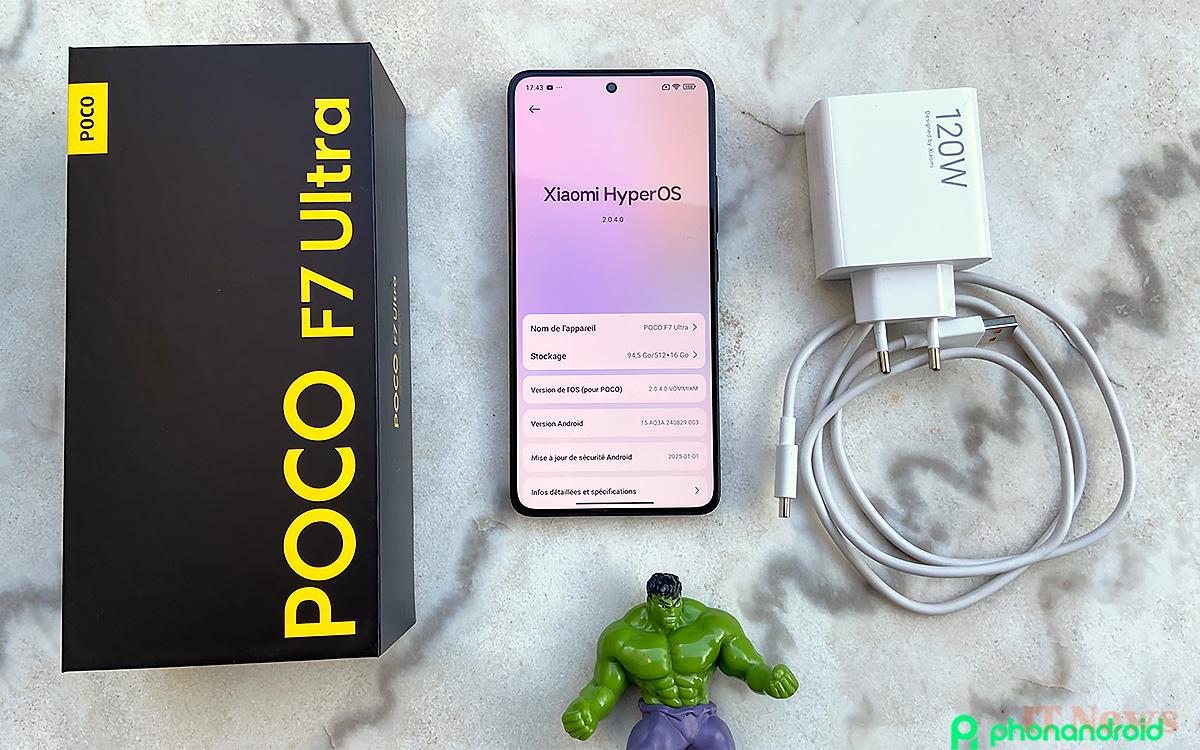

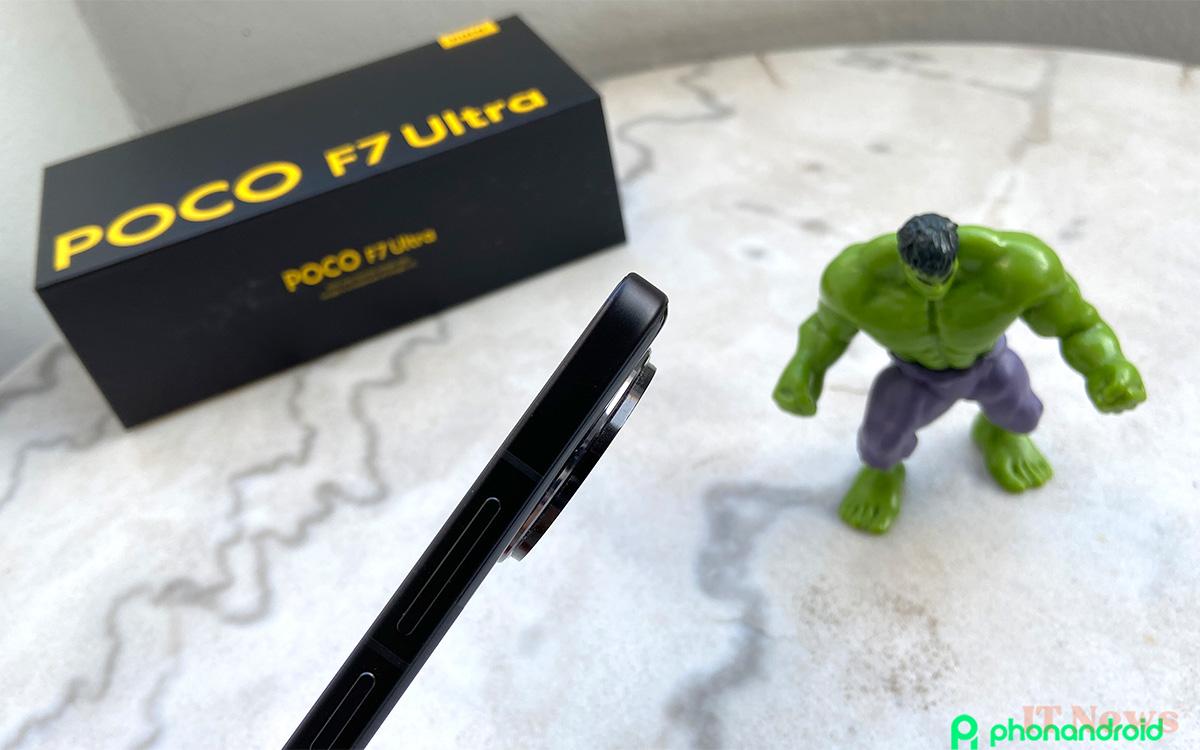
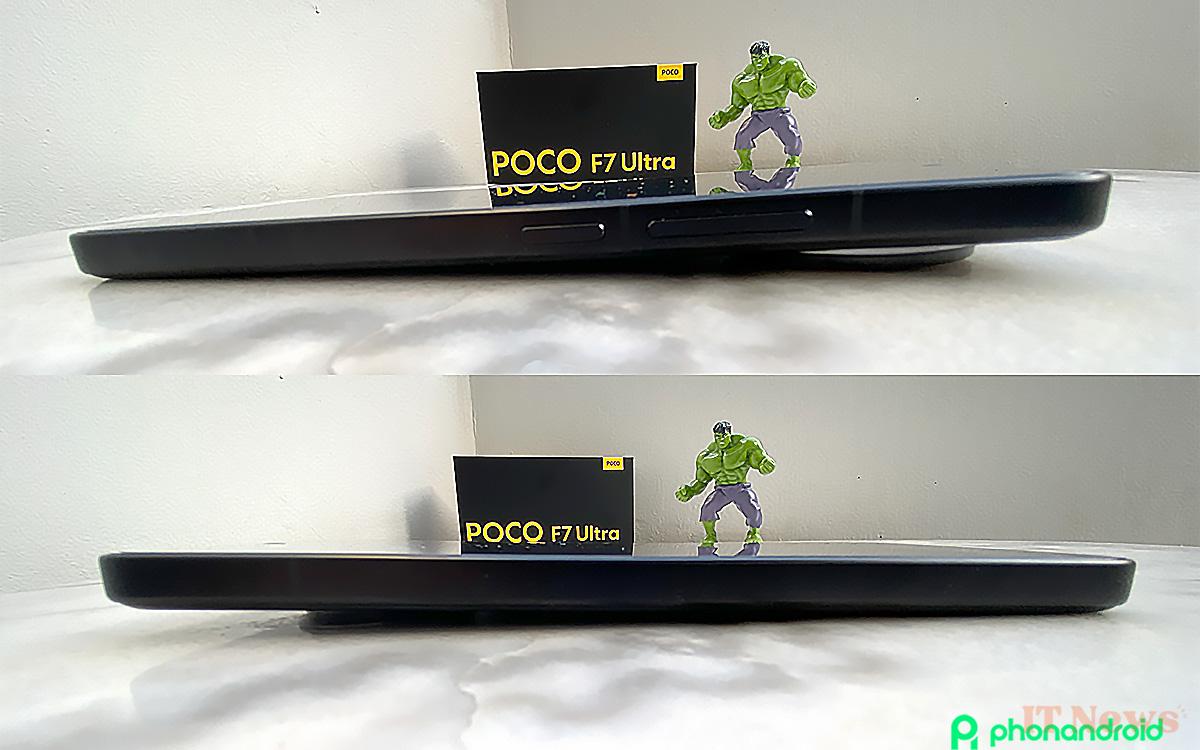
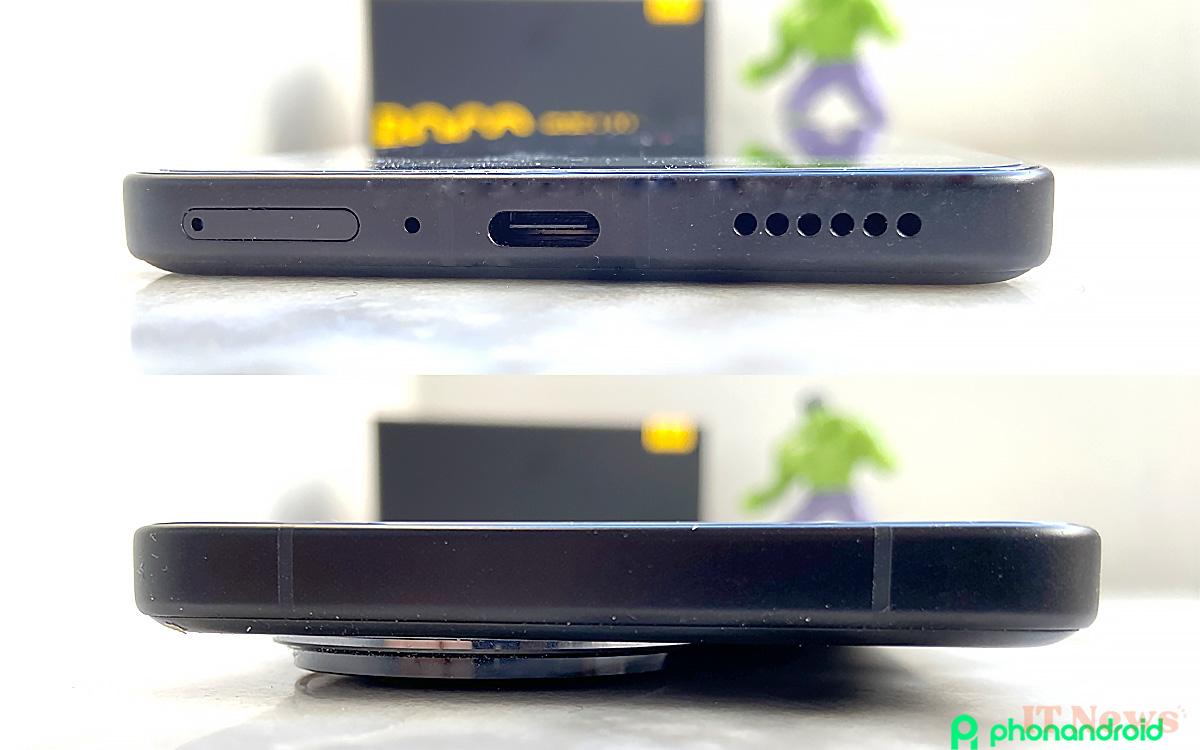

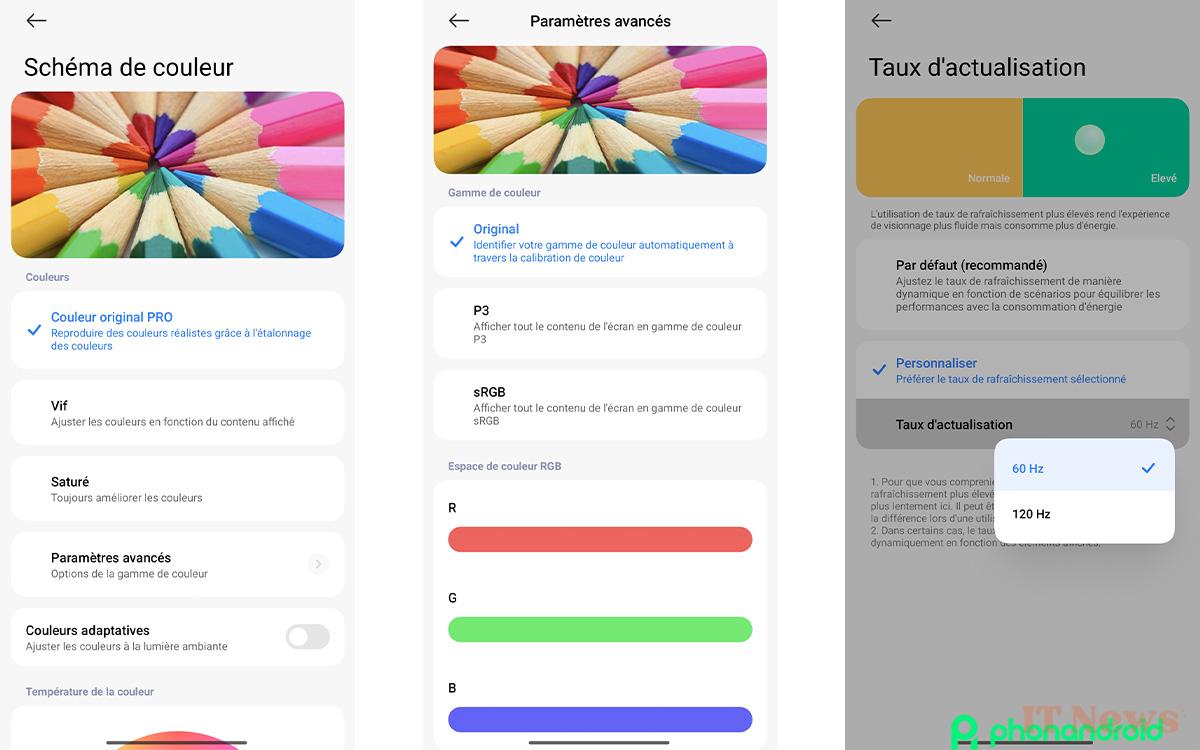
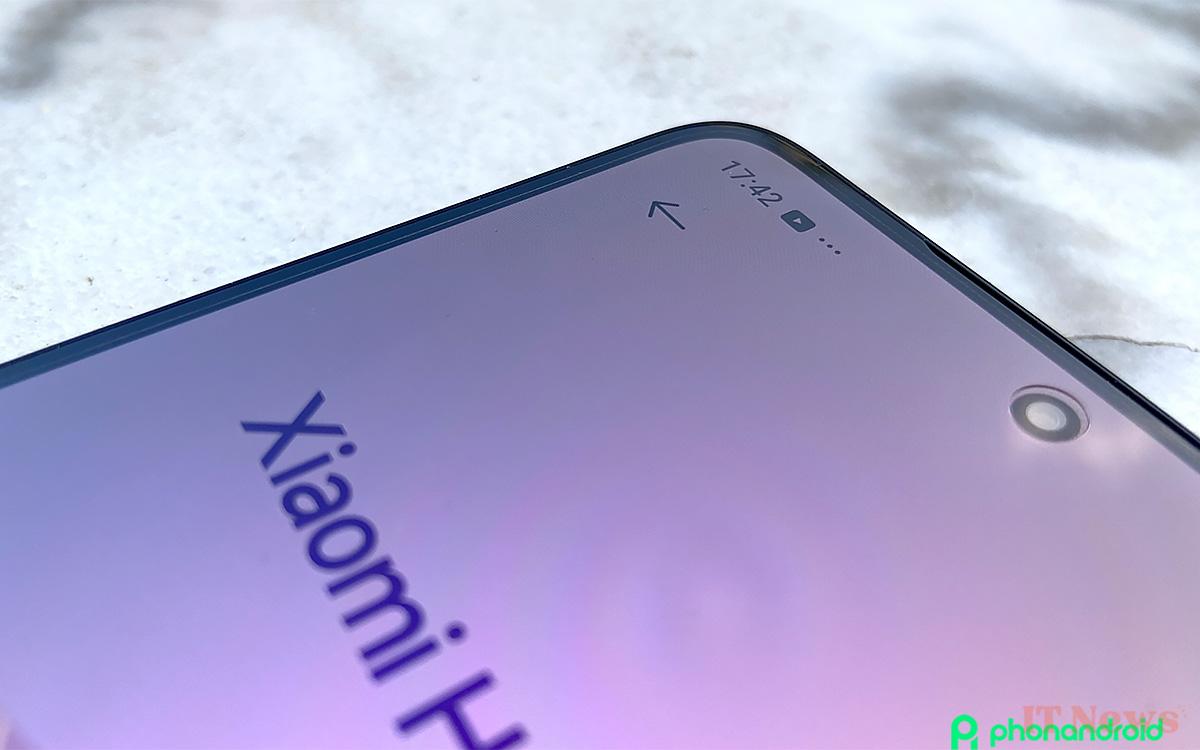

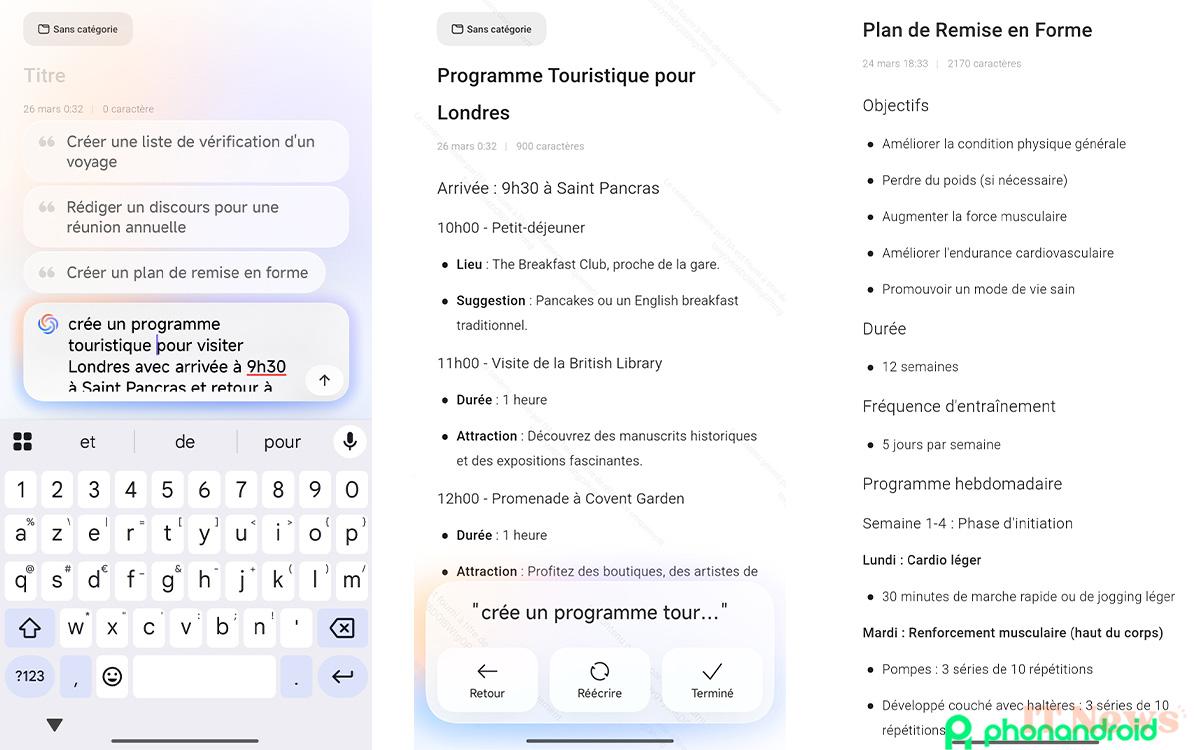


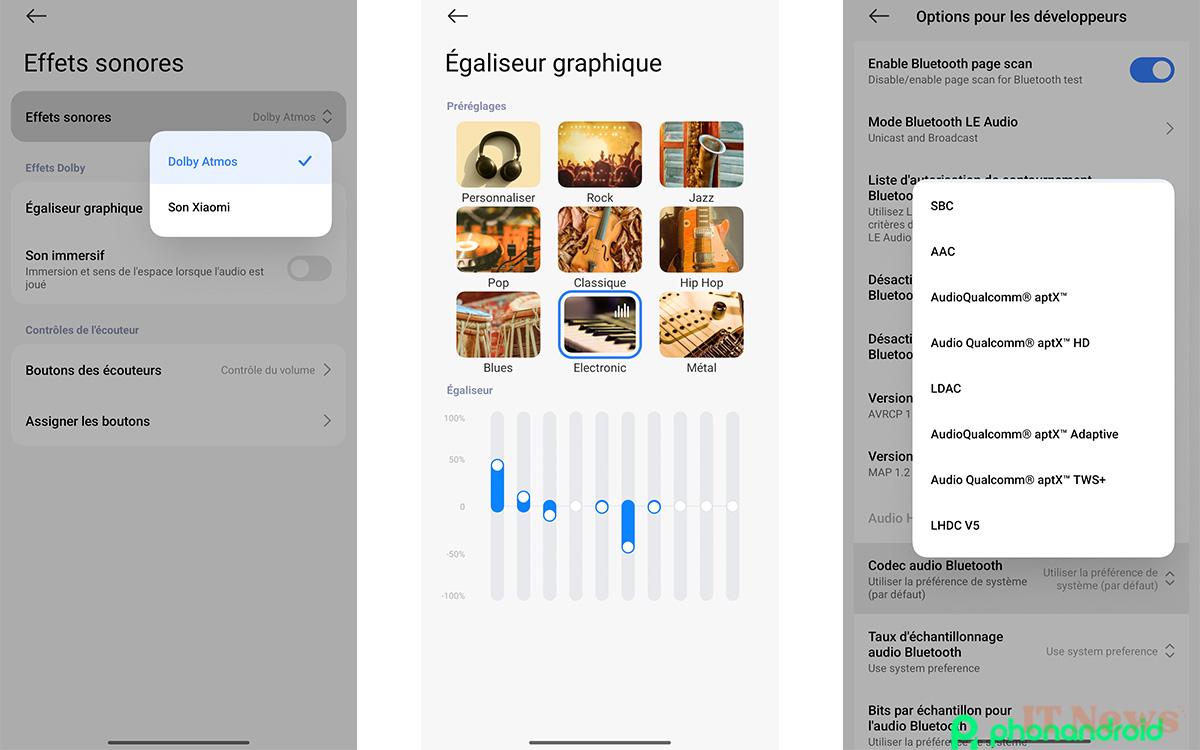
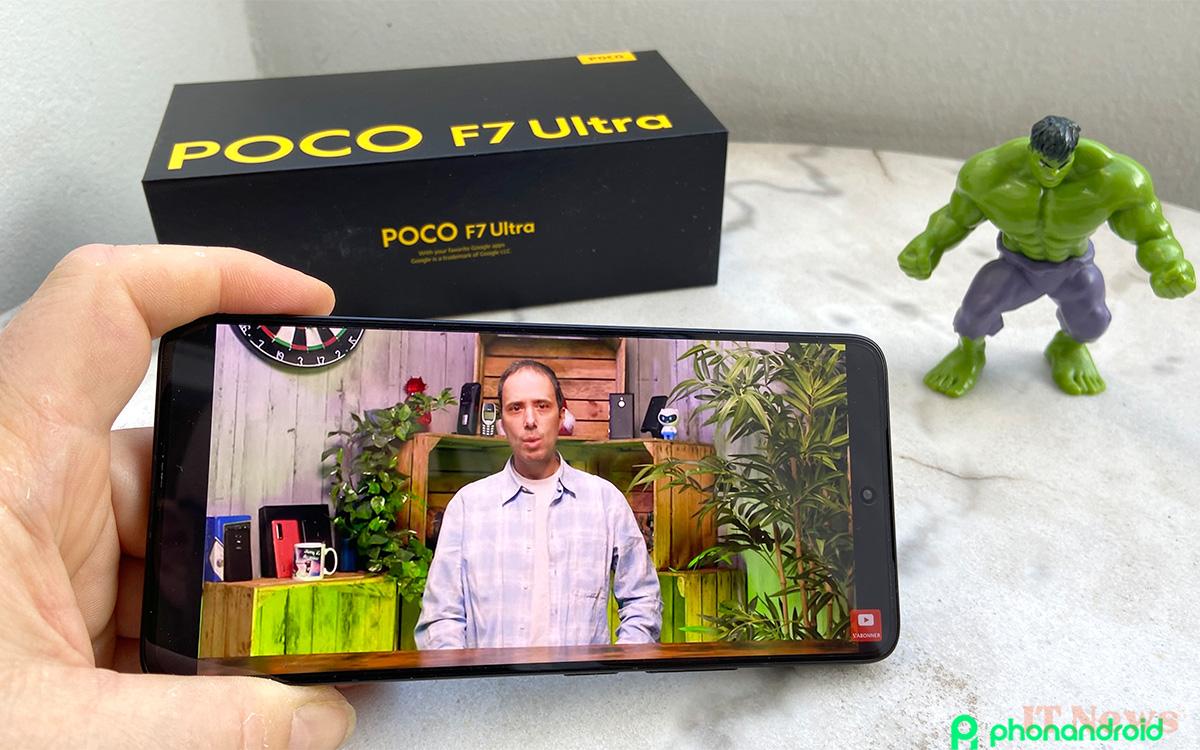
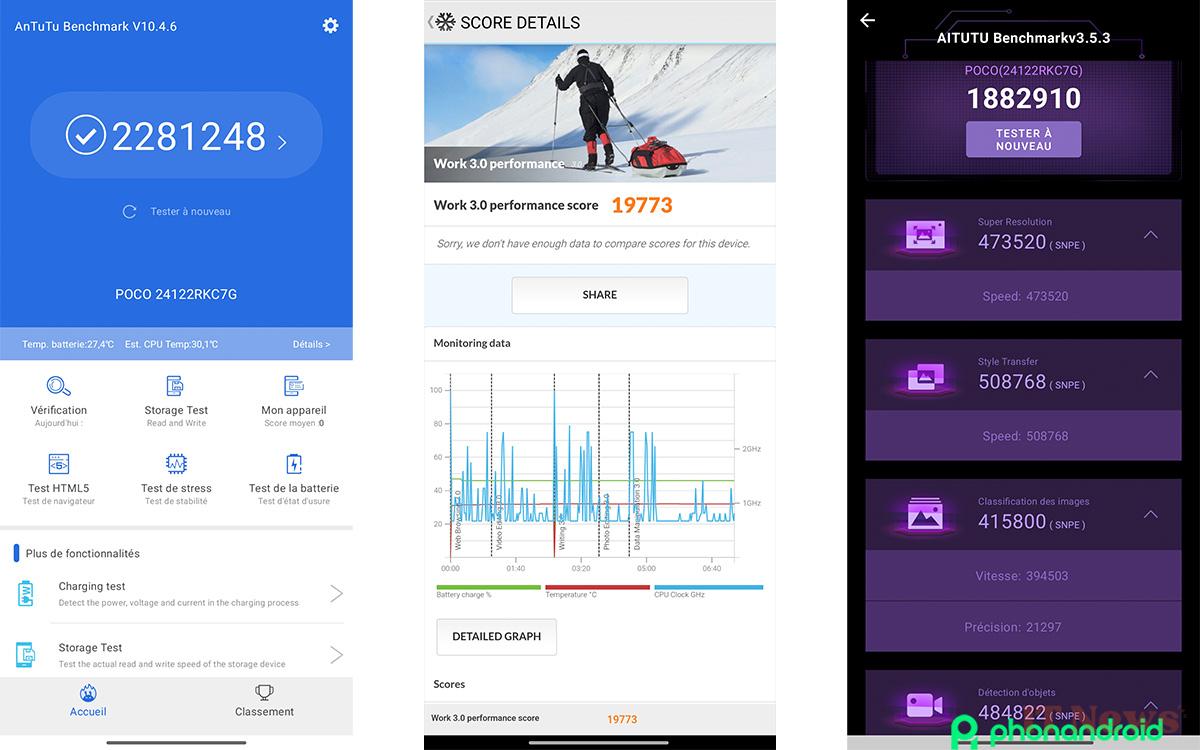
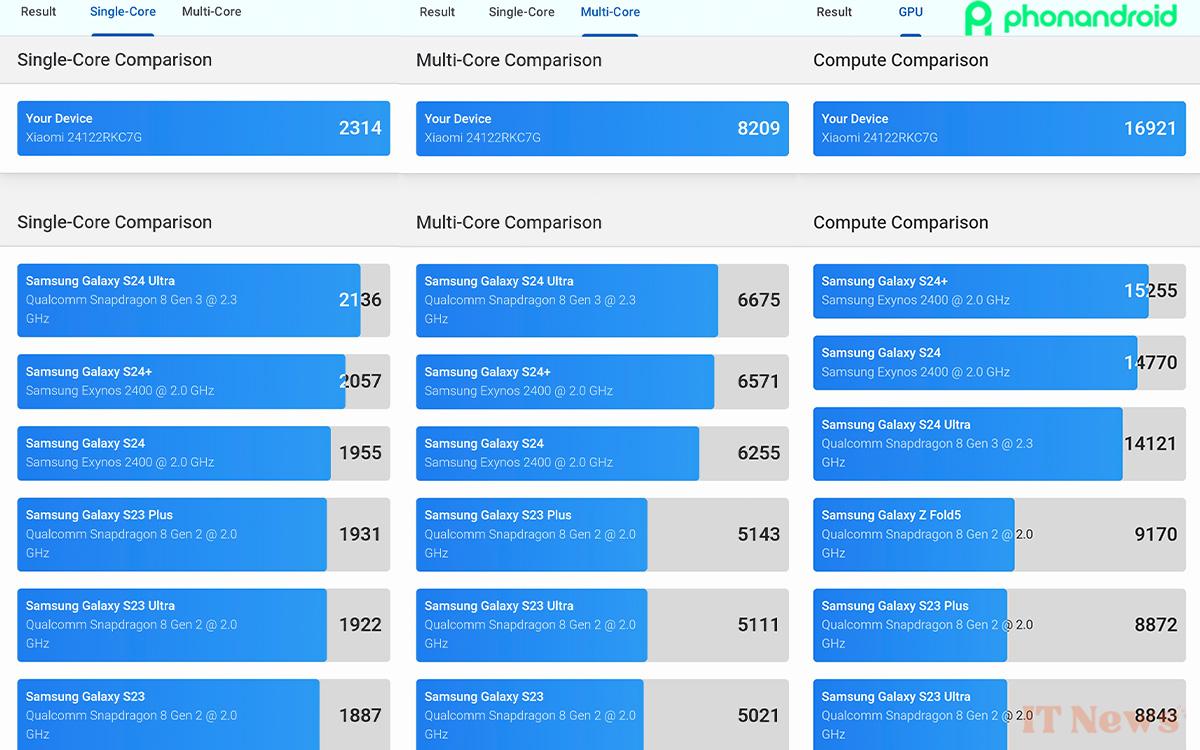
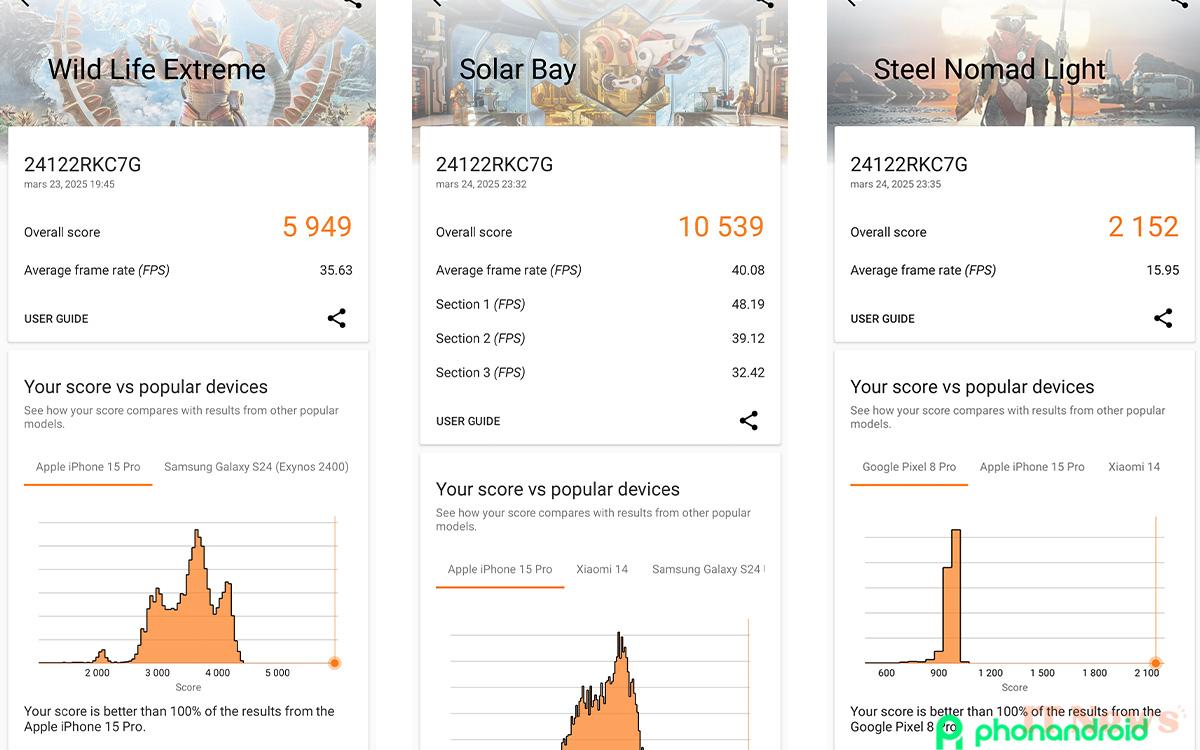



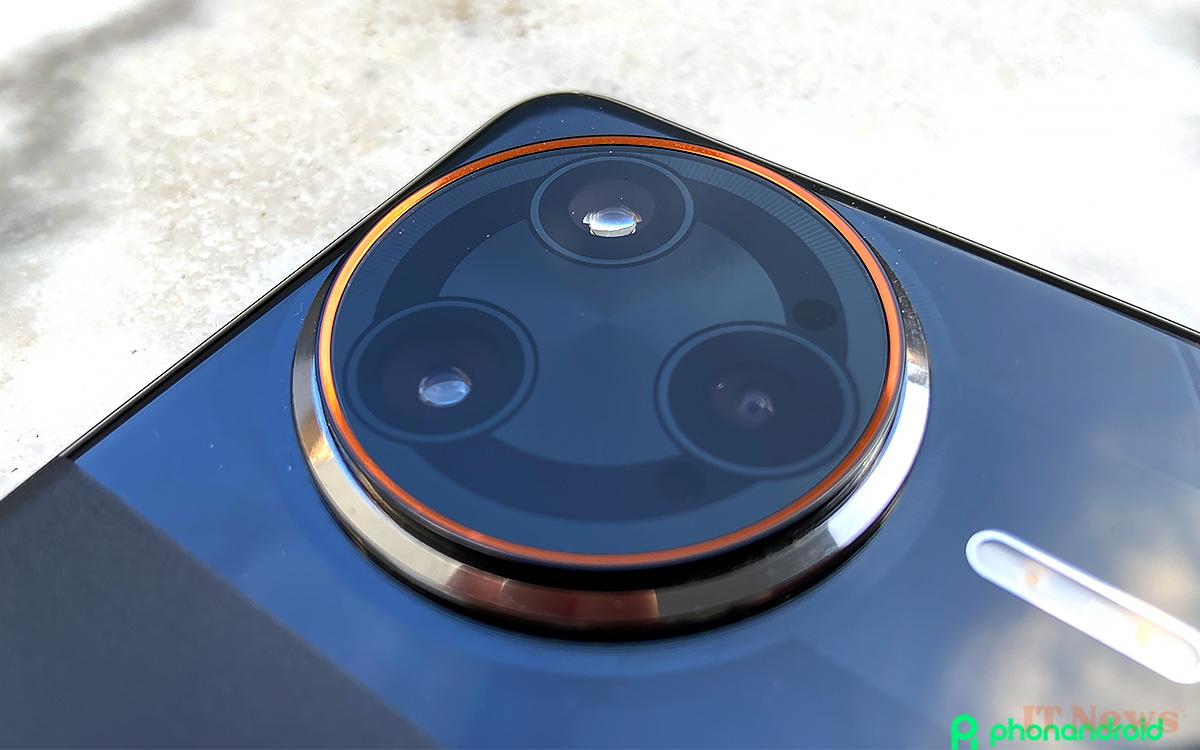






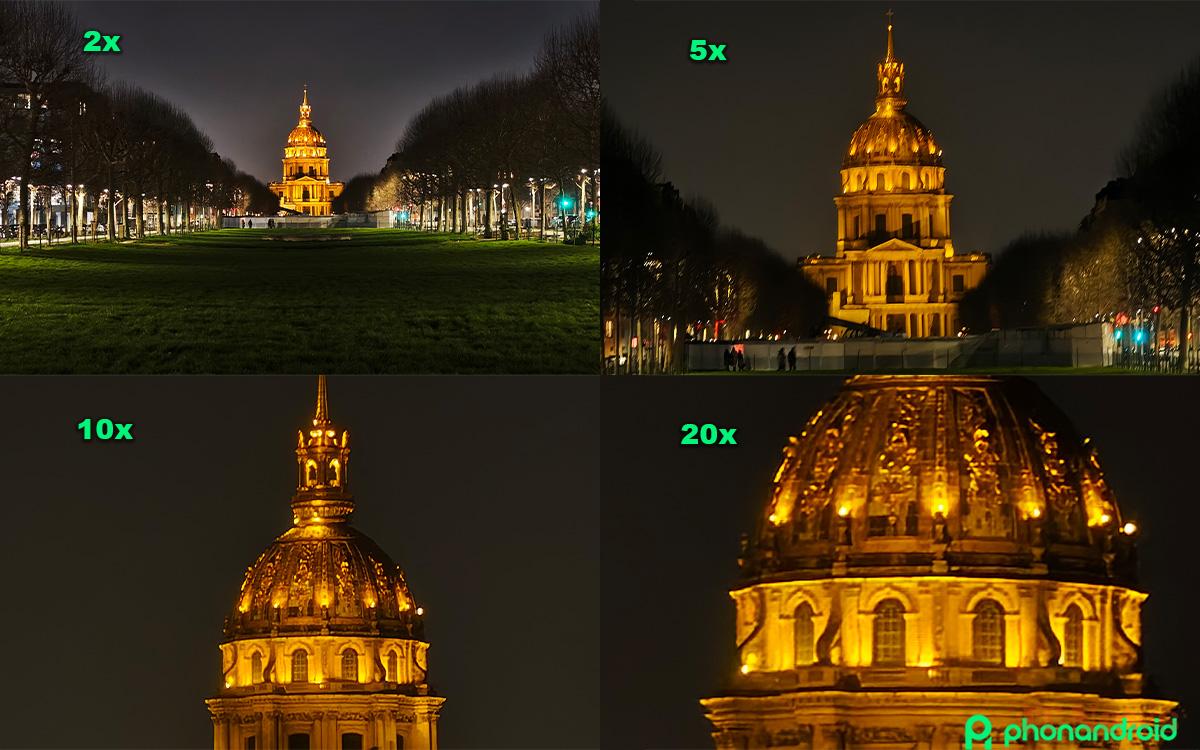
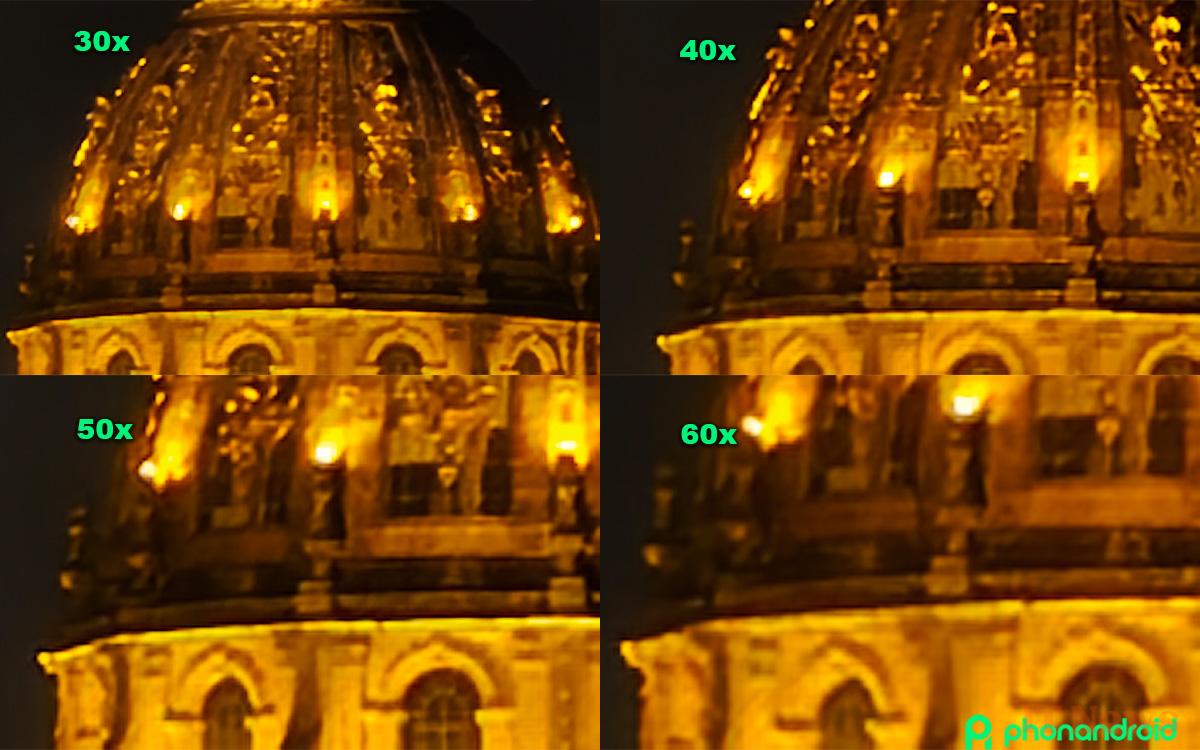







0 Comments